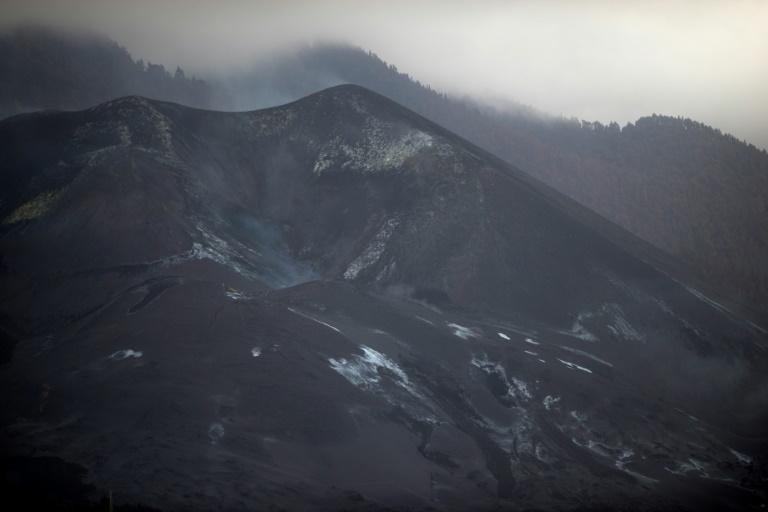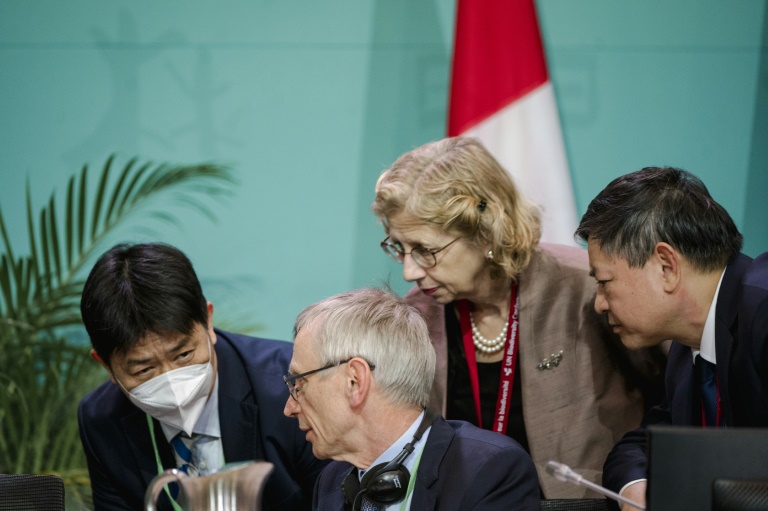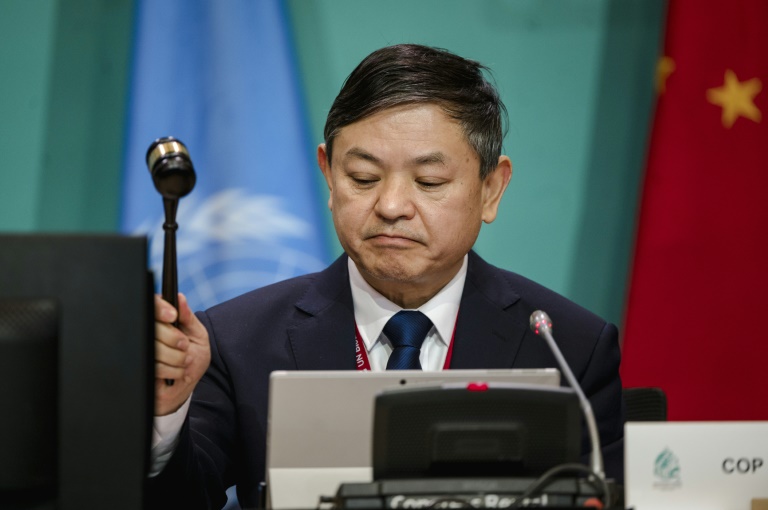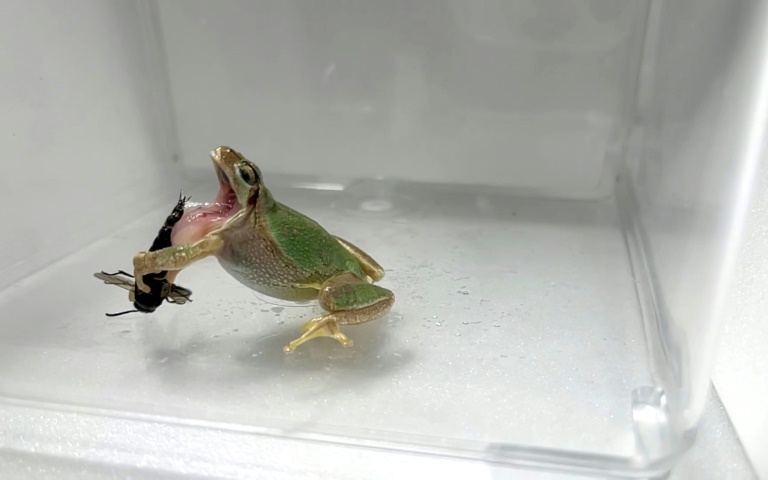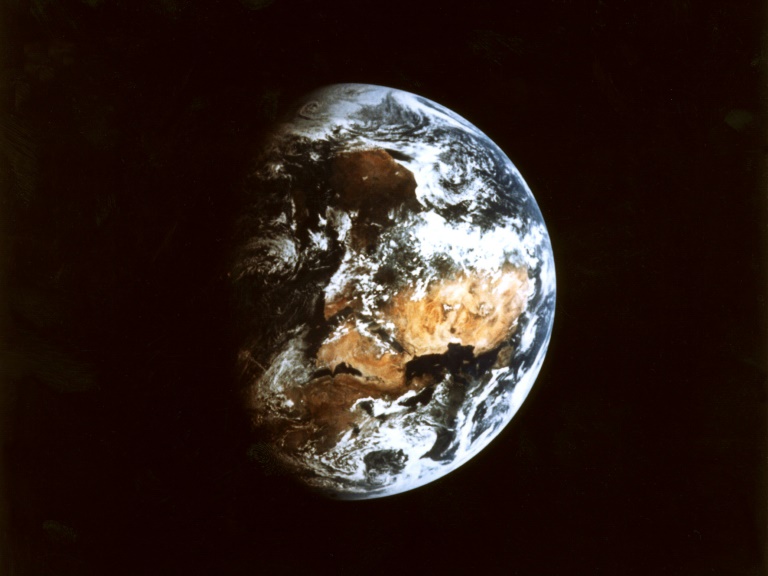A volcanic eruption on the Spanish island of La Palma has shown its first sign it might be coming to an end after nearly three months, scientists said Wednesday, although they could not rule out a new flare up in activity.
The eruption of the Cumbre Viejo volcano has ebbed and flowed since it first began spewing lava on September 19, forcing the evacuation of over 7,000 people and destroying nearly 3,000 buildings.
But since Monday evening seismic activity has been very weak, there is no lava flow and the volcano is only “sporadically” releasing smoke, said the director of Spain’s National Geographic Institute in the Canary Islands, Maria Jose Blanco.
For the eruption to be considered officially over “the recorded and observed data” of volcanic activity “must be maintained at current levels for ten days”, she added.
While the current data “corroborate the signs of exhaustion of the eruptive process” she warned that “a new upturn in activity and the emission of runoff cannot be ruled out”.
Most of the island of around 85,000 people, part of the Canary Islands archipelago off northwestern Africa, has been unaffected by the eruption, with the lava flow concentrated on the western side.
The molten rock has covered around 1,200 hectares (3,000 acres) of land as it slowly made its way to the sea but no one has died due to prompt evacuations.
This is La Palma’s longest eruption and the third in a century, with previous ones in 1949 and 1971.

